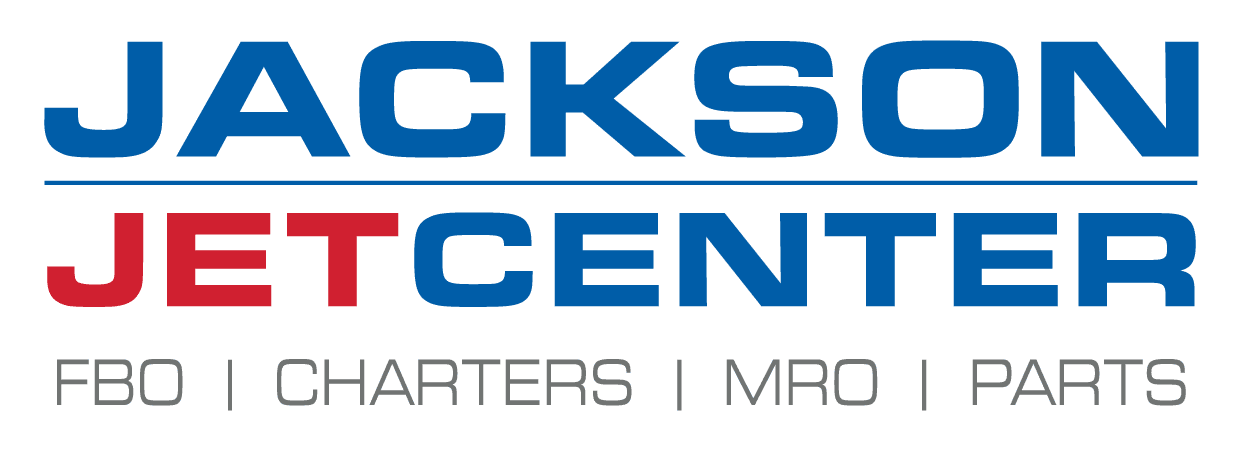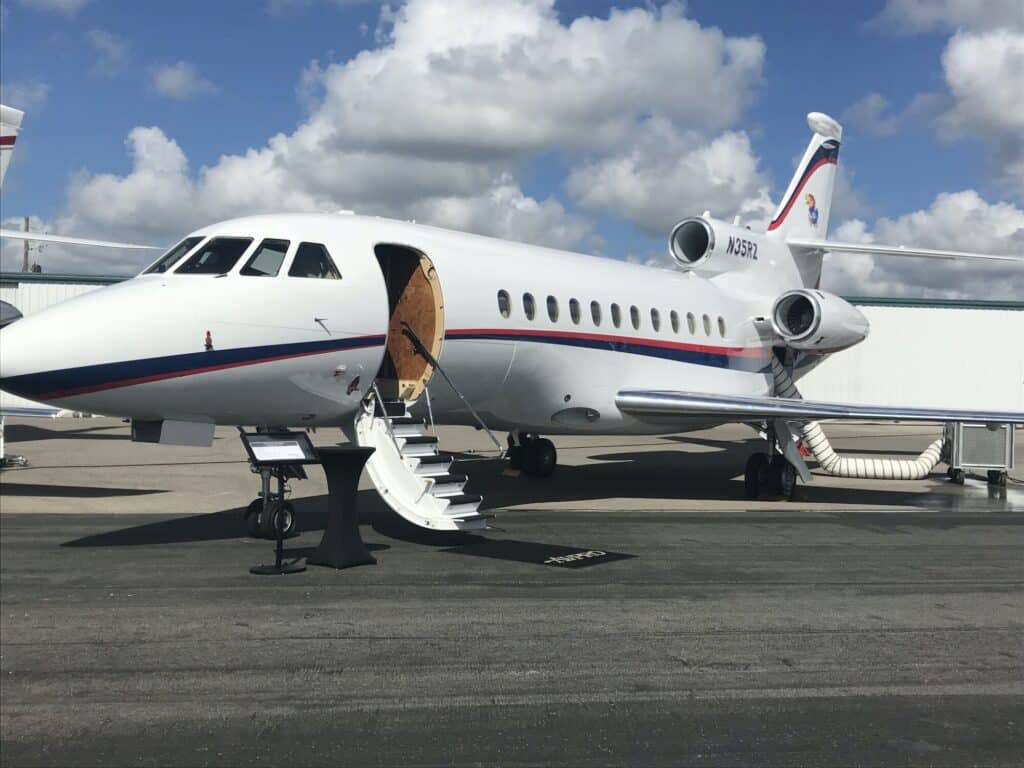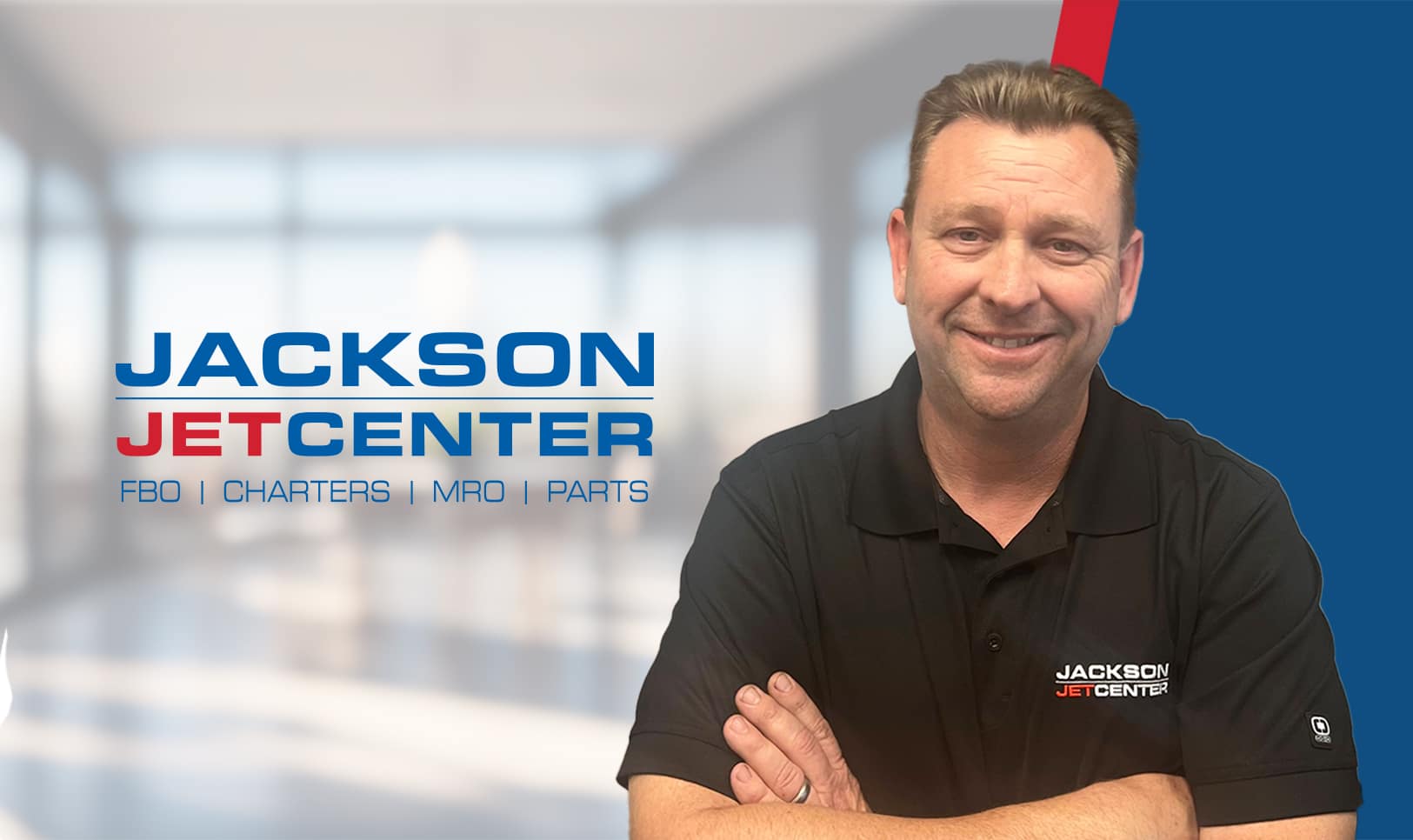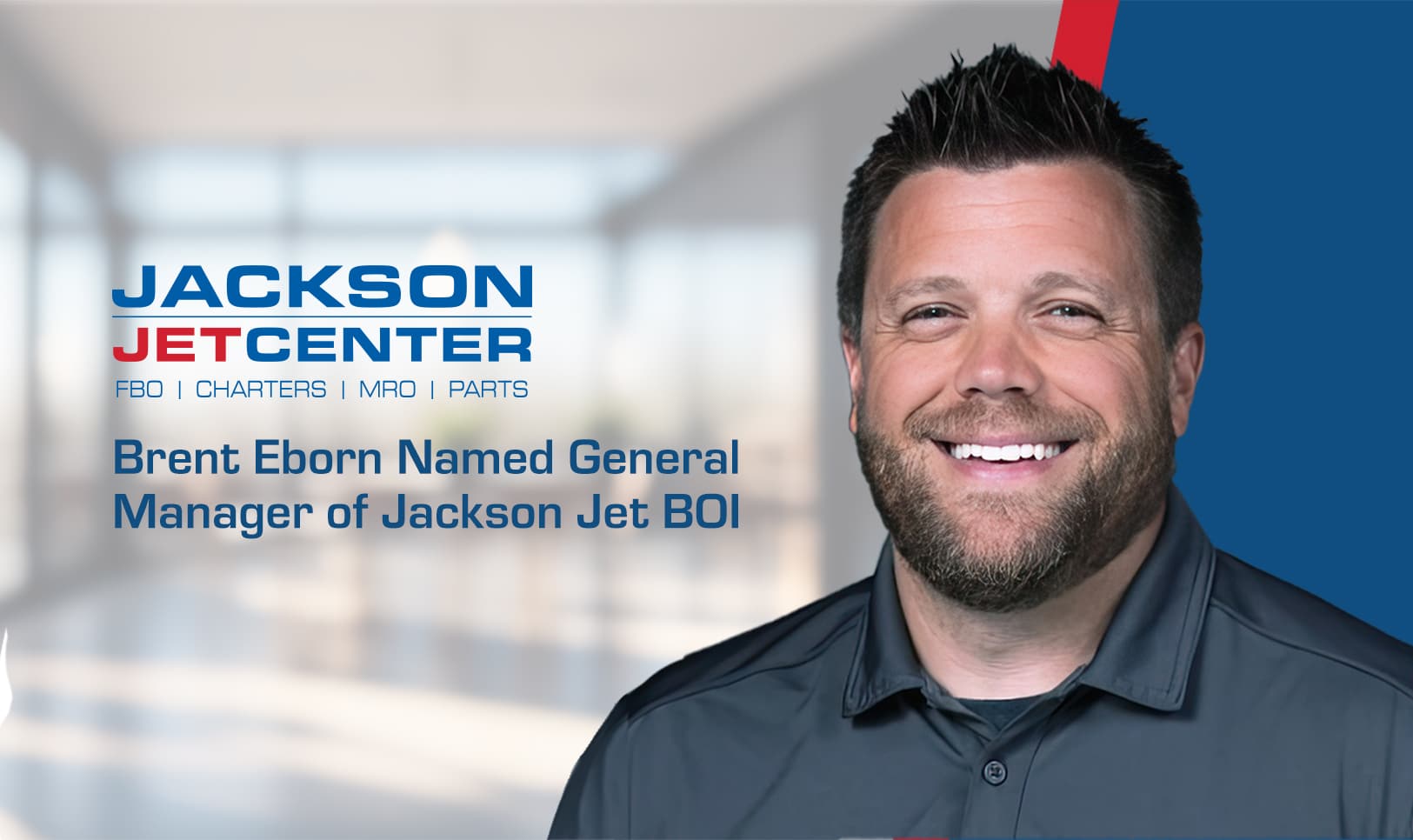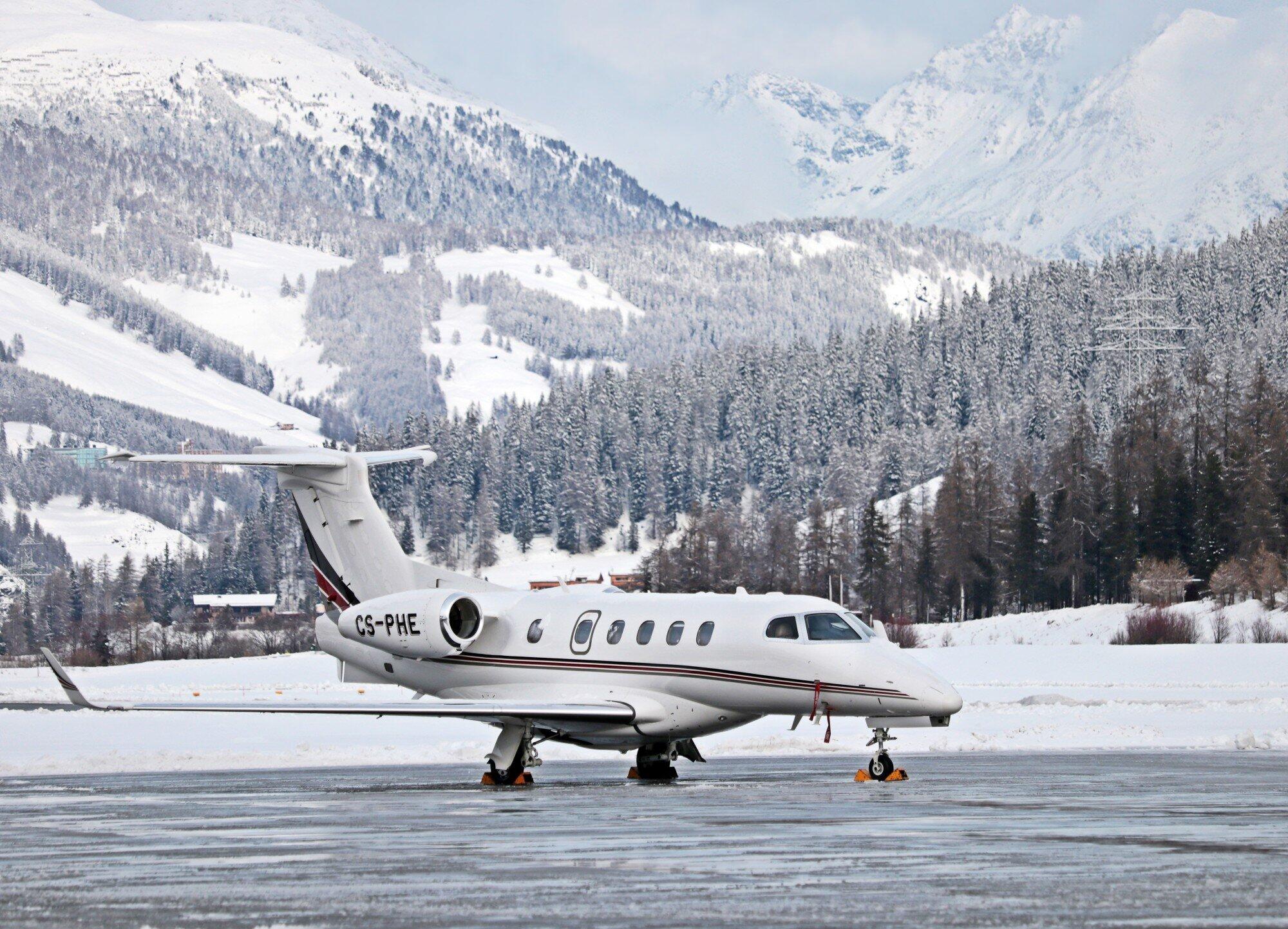Picture an aircraft gleaming under the airport lights; it’s not just a symbol of luxury, but a beacon of safety and efficiency in the aviation world. Surprising, right?
But here’s the catch: this level of perfection is achieved through meticulous aircraft detailing. This process, often overlooked, is a critical component in maintaining the health and safety of an aircraft.
It’s not merely about aesthetics; it’s a comprehensive approach that combines cleaning, inspection, and preservation. In the dynamic realm of aviation, where safety is paramount, the role of aircraft detailing becomes even more crucial. It’s an unsung hero, quietly ensuring that every takeoff is safe and every landing smooth.
In this article, you’ll explore the nuances of aircraft detailing and how it contributes significantly to the flying experience, touching on aspects like safety, maintenance, and even the aircraft’s market value. Prepare to be enlightened on how something as simple as cleaning and detailing can have such a profound impact on the world of aviation. Read on to learn more.
The Aesthetics: More Than Meets the Eye
When you first lay eyes on an aircraft, its appearance speaks volumes. This is where the art of aircraft detailing shines. It’s much more than a superficial practice; it’s a crucial element that reflects the aircraft’s health and the airline’s commitment to quality.
Think of an aircraft as a traveling billboard. Its exterior condition not only represents the airline’s brand but also instills confidence in passengers.
A spotless, well-maintained aircraft exterior is like a promise of quality and reliability to those who board it. This isn’t just about making a good first impression; it’s about sustaining a reputation of excellence in a highly competitive industry.
But there’s another layer to this: the resale value. In the aviation market, the visual appeal of an aircraft can significantly influence its market worth. It’s akin to real estate-curb appeal matters.
Regular detailing ensures the aircraft looks its best, preserving its paint and finish, which are key factors in maintaining its value. Just as a well-kept house attracts potential buyers, a well-detailed aircraft stands out in the market, potentially fetching higher prices.
Moreover, detailing isn’t just about cleaning; it’s about protecting. Applying specialized coatings and treatments safeguards the aircraft’s exterior from the harsh realities of high-altitude travel – UV radiation, extreme temperatures, and air pressure changes. This protection is critical, not just for maintaining the aircraft’s appearance, but for its long-term preservation.
Interior Detailing and Passenger Experience
Stepping inside an aircraft, the importance of detailing becomes even more apparent. Interior detailing isn’t just about cleanliness; it’s a direct contributor to the passenger experience.
Every surface, seat, and cabin feature reflects an airline’s dedication to passenger comfort and satisfaction. A well-maintained cabin sets the tone for a pleasant journey, right from the moment passengers board the aircraft.
Consider the feel of clean, well-kept seats and the look of spotless aisles and windows. These elements play a subtle yet significant role in reassuring passengers about the aircraft’s upkeep and safety. In the competitive world of aviation, this level of detail can make a crucial difference.
It’s about providing a holistic experience that goes beyond just getting from point A to point B. Airlines that invest in thorough interior detailing are often those that understand and value passenger loyalty and word-of-mouth reputation.
Moreover, regular interior detailing is vital for health and hygiene. Air travel involves accommodating many people in a confined space, making cleanliness paramount.
Deep cleaning and sanitizing become even more crucial in today’s world, where health concerns are at the forefront of everyone’s mind. From clearing air vents to disinfecting high-touch areas, detailing ensures a healthier environment for both passengers and crew.
This attention to the interior is not just about making a good impression; it’s a statement of care and professionalism. It demonstrates an airline’s commitment to ensuring a safe, comfortable, and enjoyable travel experience. In essence, interior detailing is an essential aspect of passenger service that significantly contributes to the overall perception and success of an airline.
Efficiency and Performance: The Hidden Benefits of Detailing
Aircraft detailing does more than just make a plane look good; it plays a significant role in its efficiency and performance. It’s a little-known fact that the cleanliness of an aircraft’s exterior directly impacts its aerodynamics.
When an aircraft is clean, it experiences less drag during flight. This reduction in drag translates to better fuel efficiency, which is a critical factor in the aviation industry’s ongoing efforts to be both cost-effective and environmentally responsible.
Think about it like this: when a car is covered in mud and debris, it doesn’t perform as efficiently. The same principle applies to aircraft.
Dirt and grime on the surface create a rough texture that disrupts airflow, making the engines work harder. By ensuring the exterior is smooth and clean, detailing helps maintain optimal performance.
Additionally, regular detailing helps in the early detection of issues such as paint erosion or minor damages that might not be apparent during routine checks. By catching these problems early, detailing becomes an essential part of preventive maintenance, saving time and resources in the long run.
This aspect of aircraft maintenance is a game-changer in terms of operational efficiency. Airlines that prioritize regular maintenance and detailing will often see a noticeable difference in their fuel consumption and overall aircraft performance.
Safety First: A Clean Plane Is a Safe Plane
When it comes to aircraft operation, safety is paramount, and believe it or not, a clean aircraft is often a safer one. Regular detailing is much more than a cosmetic exercise; it’s a critical safety protocol.
During the detailing process, technicians have the opportunity to closely inspect the aircraft’s surface. This is when they can spot potential issues like paint damage or structural wear and tear that might not be visible during a standard inspection.
Paint damage, for instance, might seem like a minor aesthetic issue, but it can be an indicator of more significant problems. Peeling or chipped paint can expose the aircraft’s skin to environmental elements, leading to corrosion or weakening of the material. By addressing these issues promptly through regular detailing, potential hazards can be averted, ensuring the aircraft remains airworthy and safe.
Corrosion prevention is another vital aspect of aircraft detailing. Airplanes are constantly exposed to elements like moisture, salt (especially on coastal routes), and other corrosive substances. Regular cleaning and application of protective coatings help prevent rust and corrosion, which are among the top enemies of an aircraft’s structural integrity.
In essence, detailing is a frontline defense in aircraft maintenance. It’s about keeping the aircraft not only looking good but also in top-notch condition for safe flights.
Airlines that invest in thorough detailing are investing in the safety and reliability of their fleet, which is paramount for both crew and passengers. This dedication to safety through detailing demonstrates an airline’s commitment to maintaining the highest standards in aviation operations.
Battling the Elements: Corrosion and Contaminants
In the world of aviation, an aircraft’s biggest adversaries are often unseen-corrosion and chemical contaminants. Regular aircraft detailing plays a crucial role in combating these challenges.
Corrosion is a natural process accelerated by exposure to the elements. We’re talking about things like moisture, salt air, and industrial pollutants.
These elements can significantly weaken an aircraft’s structural integrity. Detailing is the first line of defense against this insidious threat.
During the detailing process, technicians meticulously clean and inspect the aircraft’s surface. This routine is vital for removing corrosive agents that accumulate over time.
For instance, salt residue from coastal environments or chemical depositions from industrial areas can cling to the aircraft’s skin, gradually eating away at the material. By thoroughly cleaning these substances off, the risk of corrosion is substantially reduced.
Furthermore, protective coatings are often applied after cleaning. These coatings serve as a barrier, shielding the aircraft from moisture and other harmful elements. They not only preserve the aircraft’s appearance but also extend its lifespan by preventing rust and other forms of deterioration.
Equally important is the removal of chemical pollutants, which can cause gradual damage to the aircraft’s exterior. These pollutants, ranging from simple smog to complex industrial emissions, can degrade the quality of paint and other materials. Regular detailing ensures that these chemicals are effectively removed, maintaining the aircraft’s structural and aesthetic integrity.
Eco-Friendly Detailing Practices
The trend towards eco-friendly practices in aircraft detailing is gaining momentum. Airlines are now recognizing the importance of using sustainable methods and products.
This shift is not just about environmental responsibility. It’s also about the health of the crew and passengers.
Eco-friendly detailing involves:
- Using biodegradable cleaners
- Reducing water usage
- Avoiding harsh chemicals
By adopting these practices, airlines demonstrate a commitment to sustainable operations.
These efforts contribute significantly to reducing the ecological footprint of aviation, a sector often scrutinized for its environmental impact. Moreover, passengers increasingly prefer airlines that show a genuine concern for the planet, making eco-friendly detailing a smart, forward-thinking business practice as well.
Innovations in Aircraft Detailing Technology
The realm of aircraft detailing is undergoing a technological revolution, bringing forth innovations that are setting new standards for efficiency and effectiveness. Among the most notable advancements are automated cleaning systems and drones. They are designed to clean and inspect aircraft surfaces with unprecedented thoroughness and speed.
These technologies represent a significant leap from traditional methods. They offer a blend of precision and efficiency that was once unattainable.
Automated systems and drones excel in areas where human technicians might face challenges. They can access hard-to-reach spots and cover large surfaces quickly. This ensures a more comprehensive cleaning process.
This heightened level of thoroughness is not just about aesthetics; it’s about safety. Ensuring that every inch of the aircraft is meticulously inspected and cleaned can reveal potential issues that might otherwise go unnoticed.
In addition to cleaning technologies, the development of new protective coatings is revolutionizing aircraft maintenance. These advanced coatings offer superior resistance to environmental elements, such as:
- UV radiation
- Extreme temperatures
- Corrosion
By extending the life of the aircraft’s exterior, they play a vital role in maintaining the aircraft’s structural integrity and appearance.
Protecting Your Investment: Detailing and Resale Value
In the world of aviation, where the stakes are high, the importance of maintaining an aircraft’s resale value is paramount. Aircraft are not just modes of transport; they are significant financial assets.
Regular detailing plays a pivotal role in preserving and even enhancing this value. A well-maintained aircraft, boasting a pristine exterior and a spotless interior, often commands a higher price in the market, much like a well-kept luxury vehicle.
Think of detailing as an ongoing investment in your aircraft’s market appeal. It’s about more than just cleaning; it’s about meticulous care.
Detailing ensures that the paint, finish, and overall aesthetic of the aircraft are kept in top condition, which are crucial elements in determining its value. This attention to detail can significantly influence a buyer’s perception and decision-making.
Moreover, when an airline decides to update its fleet and offload older models, the condition of these aircraft can make or break a sale. Buyers in the aviation market are discerning; they prefer aircraft that showcase a history of excellent upkeep, both in functionality and appearance.
Regular detailing, therefore, becomes more than just a maintenance task; it’s a strategic business practice. It’s about presenting your aircraft in the best possible light, ensuring that it stands out in a competitive market.
Aircraft Detailing: A Vital Aspect of Aviation
In the aviation industry, the importance of aircraft detailing cannot be overstated. It’s much more than just cleaning and making planes look presentable. Detailing is an integral part of aircraft maintenance, encompassing safety, efficiency, aesthetic appeal, and even the financial aspects of aviation operations.
And speaking of aviation operations, at Jackson Jet Center, we are proud to be recognized as a premier Fixed Base Operator (FBO) with state-of-the-art facilities located in Boise, Idaho, and Phoenix, Arizona. Our commitment to excellence is reflected in every aspect of our service.
If you’re interested in learning more about our private airplanes or require a private charter quote, we invite you to get in touch with us. Contact us now and let us provide you with an unparalleled experience in private aviation.
